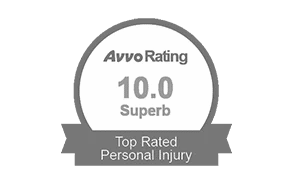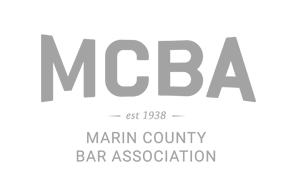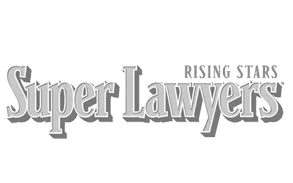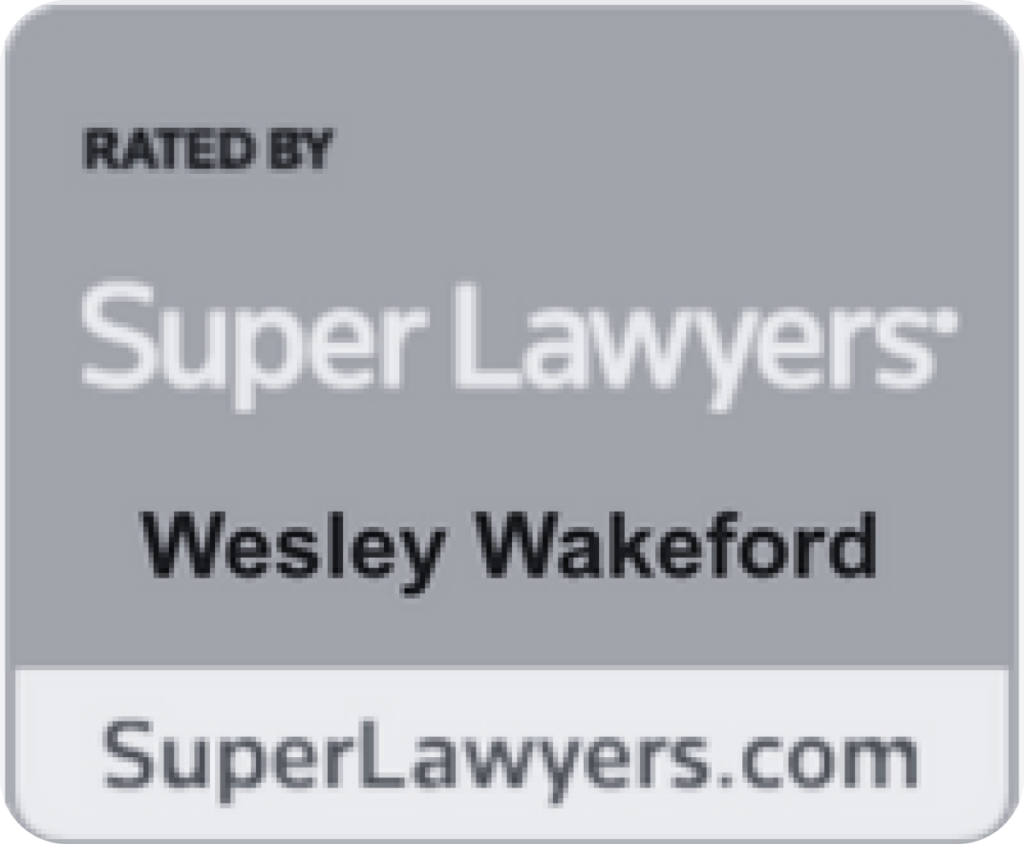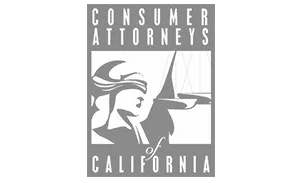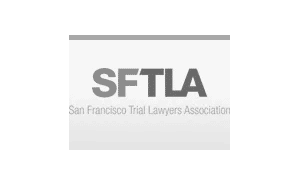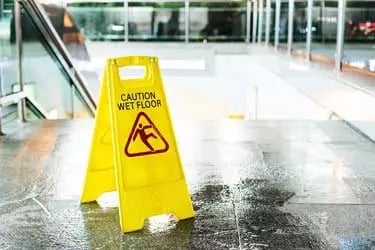
Proving fault in a slip and fall accident may sound like a relatively straightforward process, but it isn’t necessarily. The plaintiff must be able to show that the store proprietor either knew about the dangerous condition and did nothing about it, or should have known about the dangerous condition and let it lapse.
The question underlying all premises liability claims is thus “foreseeability”. Was a potential accident foreseeable or was there no way that the proprietor or those entrusted with the care of the premises could have known that the alleged hazard existed. In this article, we’ll discuss how foreseeability impacts premises liability claims.
California Slip and Fall Laws
The first thing that you need to understand is that there is a statute of limitations on personal injury claims. If you attempt to file a claim after the statute of limitations has lapsed, your case will be dismissed without consideration. Only under specific mitigating circumstances can the statute of limitations be “tolled”.
One such instance is if the victim was under 18 at the time of the accident. The victim is then allowed to file a claim within 2 years of their 18th birthday. Another instance would be if the victim slipped and fell and then lapsed into a coma. The statute of limitations would be “tolled” until they came out of the coma.
Proving a Slip and Fall Accident
As mentioned in the introduction, the slip and fall accident must have been “foreseeable”. This generally means one of three things:
- The defendant caused the hazardous condition;
- defendant knew about the hazardous condition and did not remedy it; or
- The defendant should have known that the hazardous condition was likely and checked on it.
In the majority of cases, it is easiest to prove that the defendant should have known that the hazardous condition was likely and failed to remedy it.
For instance, let’s say you go to a store in a strip mall. You park your car and then get out of the car. The ground is slick from a foreign substance. You slip and fall. Injuries result from this. Now what? Who is responsible?
In this case, the proprietor has a duty to ensure safe conditions for his patrons. That means ensuring that the parking lot is maintained and free of foreign liquids. We can assume that the proprietor should have known that an accident like this was likely, if not inevitable, although this generally requires the assistance of an attorney.
Defenses to Slip and Fall Accidents
For those pursuing a slip and fall accident suit against a negligent owner, it’s important to understand how they might respond to your allegations. There are several permissible defenses in a slip and fall accident. We’ll review those below.
- We did not know / could not have predicted. In a slip and fall case, the plaintiff must be able to prove foreseeability (as mentioned above). Therefore, claiming that the defendant could not have known about the hazardous condition is a defense to a slip and fall allegation.
- You were in a restricted area. If you are in a restricted area, the defendant can claim that you should be held partly (if not mostly) liable for the accident.
- You were not paying attention to where you were going. This defense is very common. Let’s say that a customer is on their phone and does not see an obvious danger. For instance, they trip over an object in an aisle. The defendant can claim that you are partly responsible for the accident and reduce their liability.
- Your footwear was inappropriate for the conditions. The proprietor can claim that your footwear enhanced a dangerous condition and thus reduce their liability.
- The dangerous condition was cordoned off. If the proprietor took aims to ensure that the dangerous condition was cordoned off and thus alerted potential customers to the danger, it may be more difficult to prove your claim.
- The dangerous condition should have been obvious. This eliminates lawsuits in which a plaintiff enters a hazardous area intentionally for the purpose of filing a lawsuit against the proprietor.
California recognizes that sometimes liability is partially shared between two parties. For instance, if the defense is successful in suggesting that you are partly to blame for the slip and fall accident, they will assign some percentage of blame to each party. California allows you to pursue a claim even if your fault exceeds the defendant’s.
Whether it’s worth it to try is another story. In cases where you’ve sustained serious or permanent injuries, it very well may be worth considering. This is something you will need to discuss with your attorney.
Talk to a Bay Area Slip and Fall Accident Attorney
The attorneys at Wakeford Law Firm have successfully managed claims for slip and fall accident victims recovering major damages for their injuries. If you’ve been injured in a slip and fall accident, please give us a call or talk to us online for a free consultation.
How useful was this post?
Click on a star to rate it!
Average rating 0 / 5. Vote count: 0
No votes so far! Be the first to rate this post.

